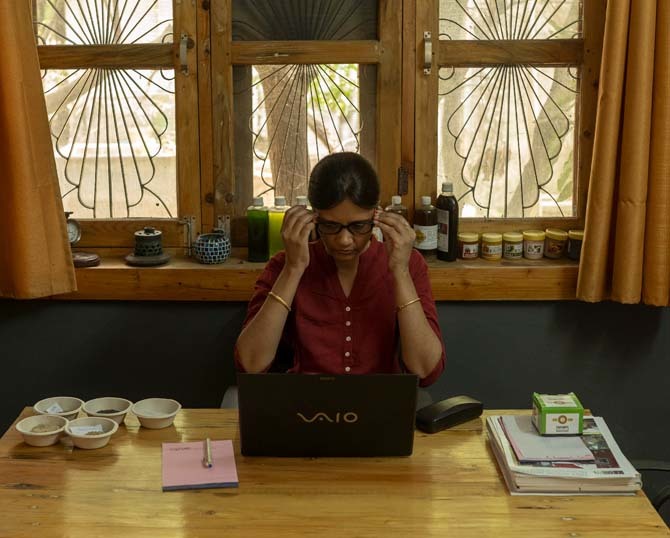
How many people would stop looking for jobs if the government restricted when, where, and how they could work? Trayas Foundation—a woman-founded Atlas Network partner in India—set out to answer that question with their State of Discrimination Report, published in March 2022. India’s labor force participation rate for women stands at 18% despite changing factors, such as lower birth rates, which should lead to more women entering the workforce. Government regulations at the sub-national level restrict the rights of women to choose their work, but the extent of that effect has been understudied. Trayas Foundation wanted to determine just how difficult it is for Indian women to overcome regulatory barriers to reach their full potential.
Trayas Foundation’s new State of Discrimination Report shows that India’s GDP would rise by up to 27% if women’s labor force participation rate was equivalent to that of men. A higher GDP means lower poverty rates and more freedom for women across the country to pursue better lives. Unfortunately, many Indian states still have laws on the books barring women from working at night or in jobs the state deems dangerous, difficult, or morally dubious. Trayas Foundation found the harshest restrictions were related to when in the day women could work, making it very difficult for them to work during the night.
The State of Discrimination Report ranks each state according to how onerous their restrictions on women’s labor are, and provides a resource for state legislators seeking to reform these regulations and allow more choice in the labor market. They found that the unemployment rate for women is two points higher in states with the most restrictions on women’s labor (12.36%) than states with the fewest restrictions (10.39%), while the labor force participation rate was two points higher in states that allowed the greatest freedom to choose (38.18%) compared to the most regulated states (36.09%). These and numerous other data points reported by Trayas Foundation show a correlation between more restrictions on women’s choices and worse outcomes for those women.
Even before the inaugural edition of the report was published in March, Trayas Foundation’s efforts led to tangible policy change on behalf of women. At the national level, lawmakers simplified 44 regulations into four legal codes, easing some restrictions on women seeking to work at night. At the state level, Trayas Foundation convinced the government of Punjab to reduce the restrictions on women’s labor from 25 to eight, removing disincentives for businesses to hire women. The state government also restricted some official’s arbitrary power to block or discourage the hiring of women for many industrial jobs. With these wins under their belt, this Atlas Network partner is dedicated to continuing their efforts to expand the rights of women in India to choose their own future.
Atlas Network supported this project with a grant.